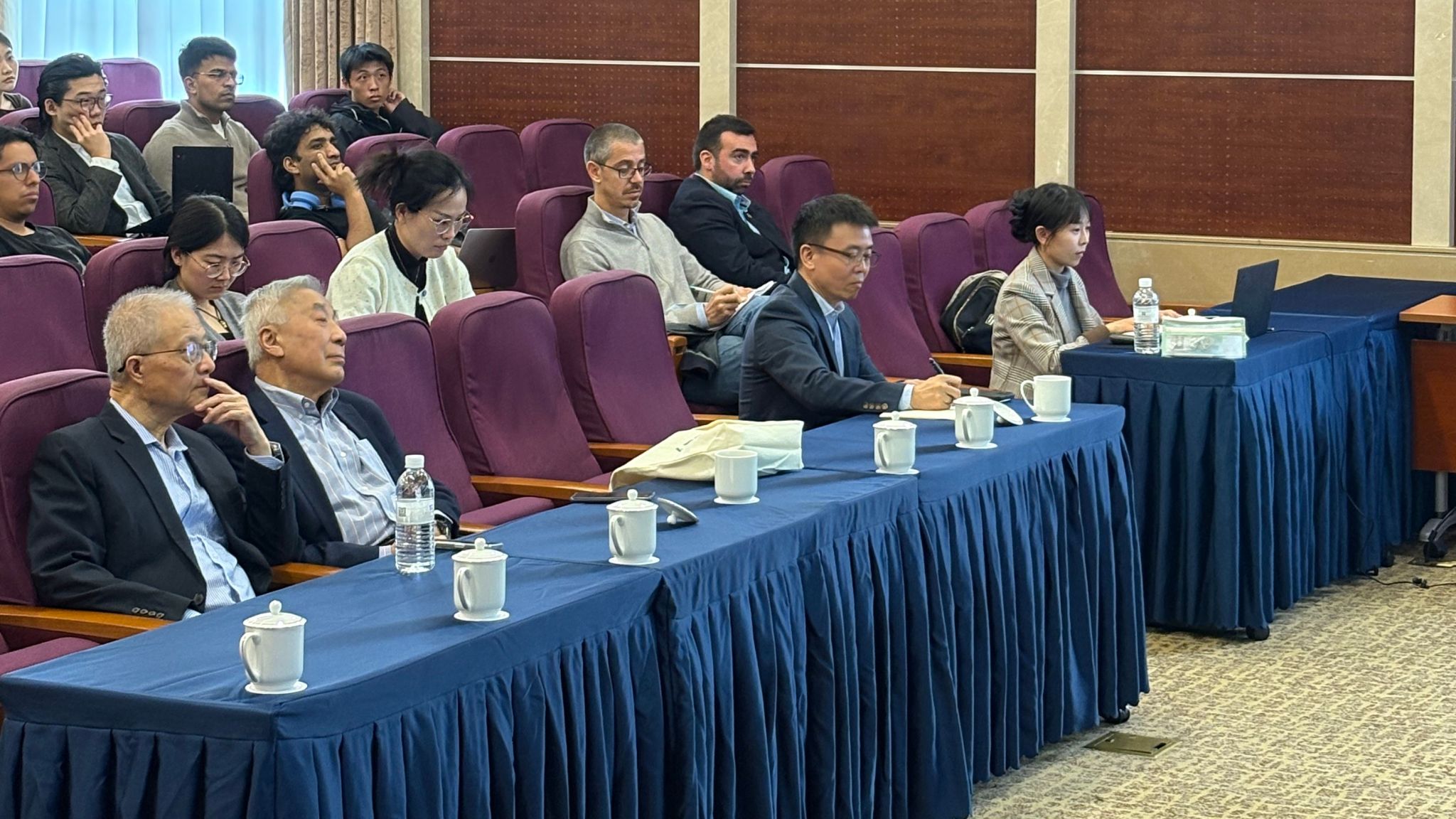Mr. John Wilmoth, Director of the United Nations Population Division (UNPD) and former Professor of Demography at the University of California, Berkeley, delivered a keynote speech titled "The Future of World Population: Divergent trends, competing narratives and the role of the United Nations" at Shanghai University. The event was hosted by the Institute of Population Research and the Asian Demographic Research Center of the School of Sociology and Political Science at Shanghai University, attracting active participation from numerous faculty, students, and researchers.
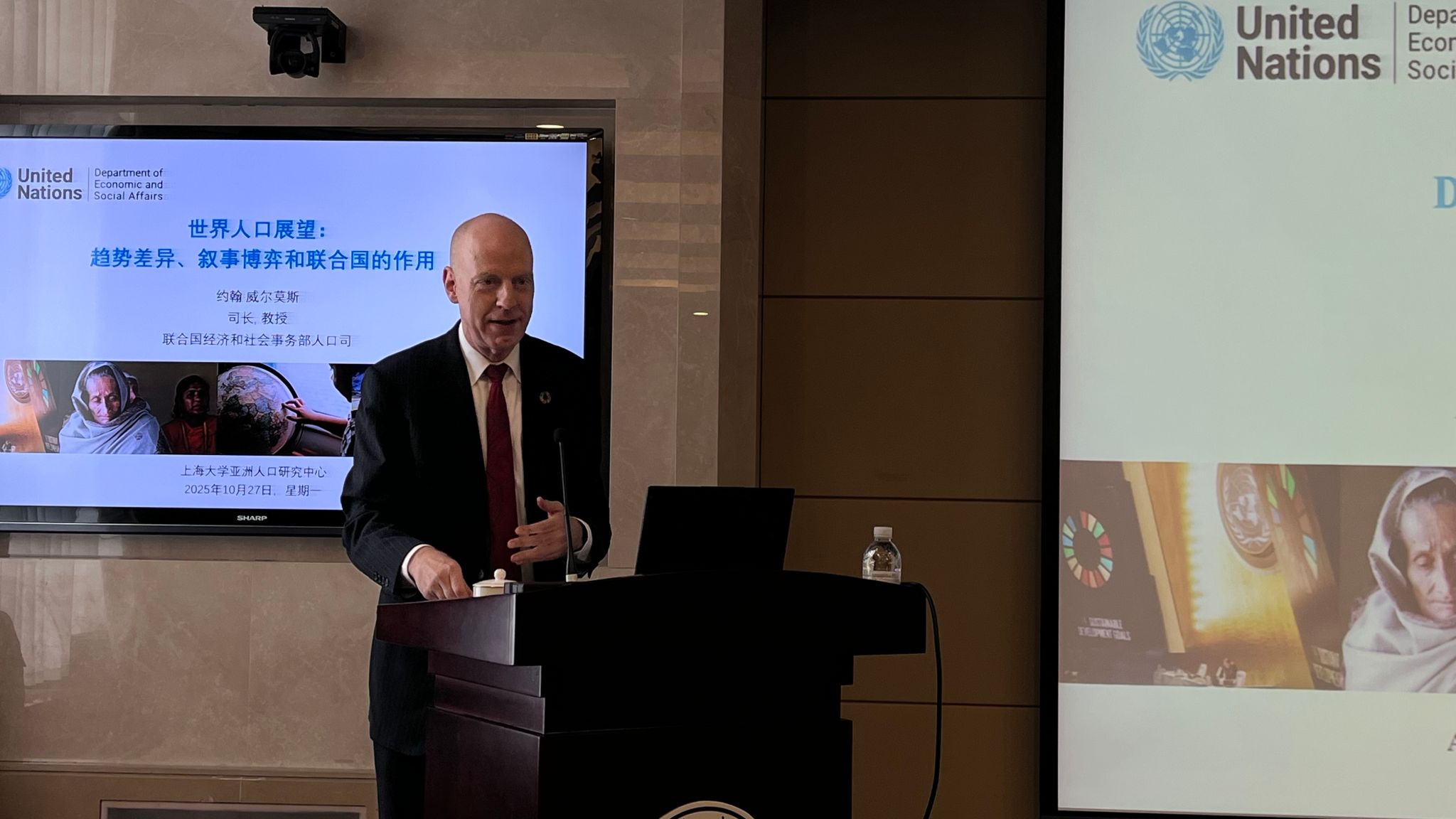
Director Wilmoth began by reviewing the institutional development of population issues within the UN system. Starting from the establishment of the Population Commission and the Population Division in 1946, he highlighted the 1994 International Conference on Population and Development (ICPD) in Cairo as a crucial turning point. He emphasized that this conference established a new paradigm centered on sexual and reproductive health and rights, placing individual rights above collective population targets.
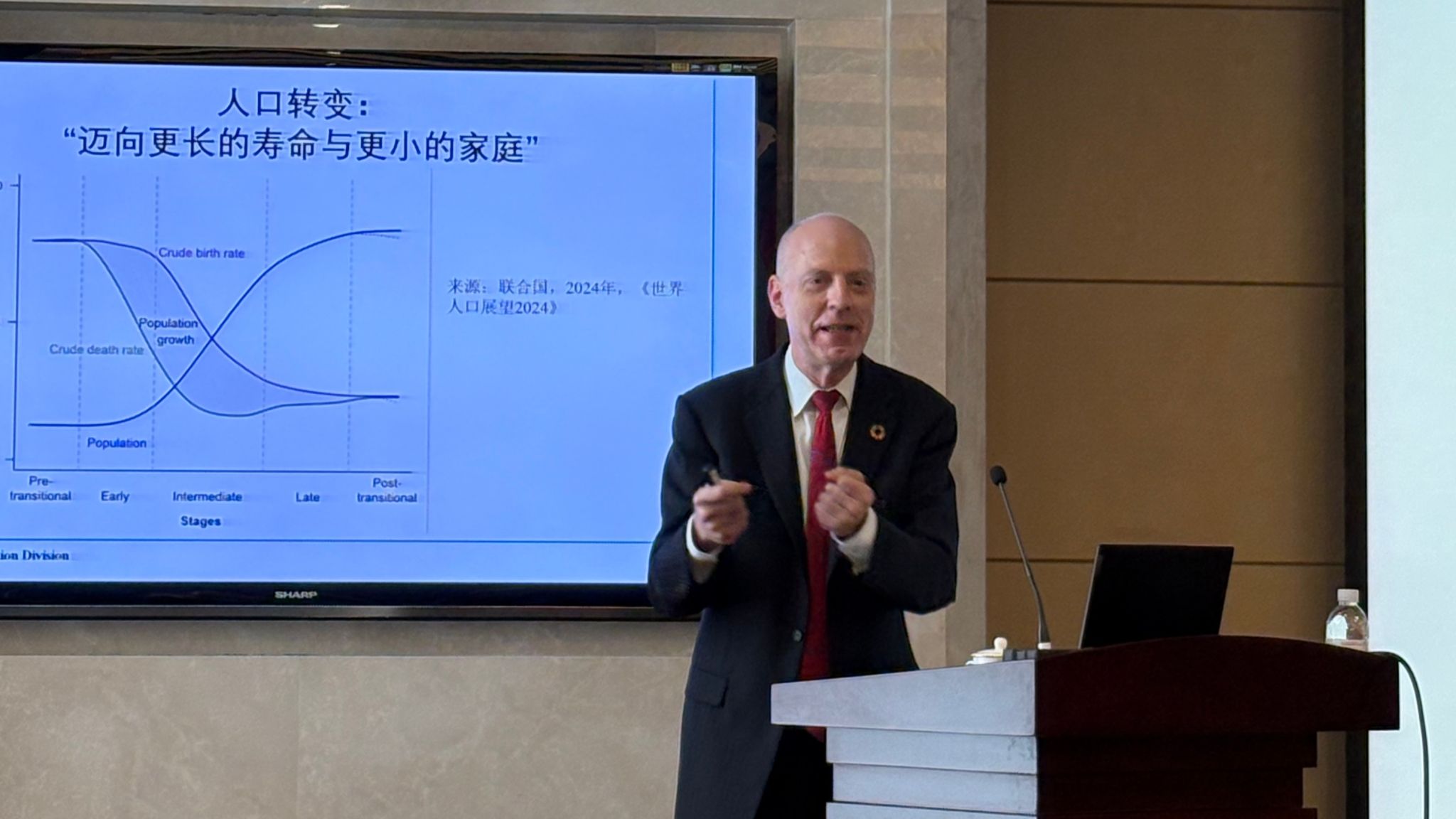
Regarding global trends, Director Wilmoth pointed out that the world's population is universally undergoing a transition towards longer lives and smaller family sizes. However, significant divergence in global demographic trends exists due to differing timings of this transition across countries, coupled with varying post-transition migration and fertility patterns. Using detailed data, he illustrated trends such as increasing life expectancy and an upward shift in age structures, noting that the global population discourse has shifted from past crisis narratives of a "population explosion" to current concerns about "population aging and decline." In his analysis of low fertility, Director Wilmoth provided an in-depth exploration from both macro and micro perspectives. Through population projection models, he demonstrated that even under a scenario of sustained low fertility, population decline remains a relatively slow process.
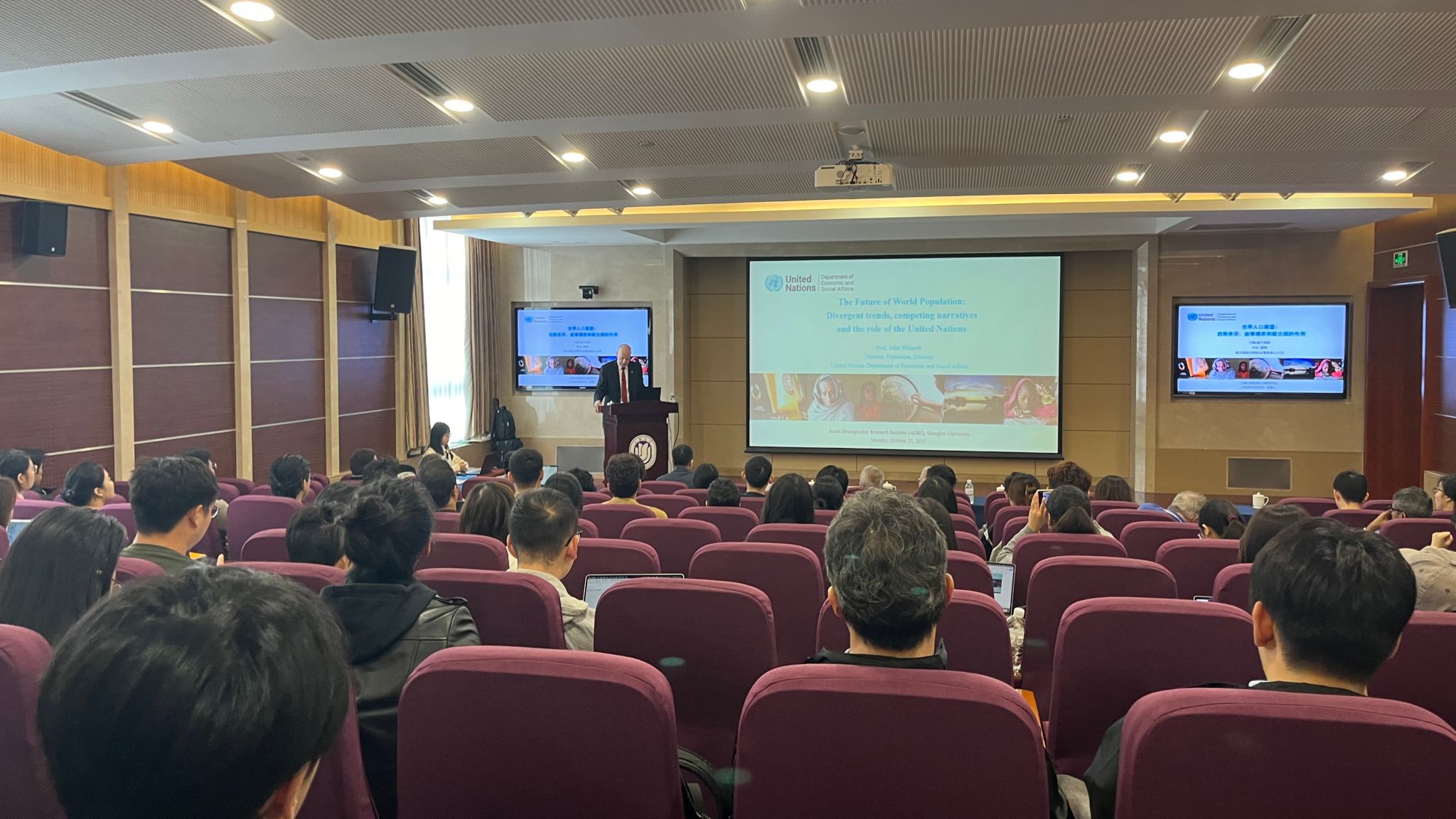
The lecture further explored the link between crisis narratives and government policies, citing historical examples of radical fertility interventions such as the sterilization campaign during the Indian Emergency period. Director Wilmoth contrasted such policies with the reproductive rights framework established in international agreements, which affirms the basic right of all couples and individuals to decide freely and responsibly the number, spacing, and timing of their children and to have the information and means to do so. He reaffirmed the enduring significance of the ICPD Programme of Action, emphasizing that while advocating for a rights-based approach, it also recognizes that "the early stabilization of world population would make a critical contribution to achieving sustainable development." He called for a balance between upholding individual reproductive rights and addressing the challenges posed by demographic change.
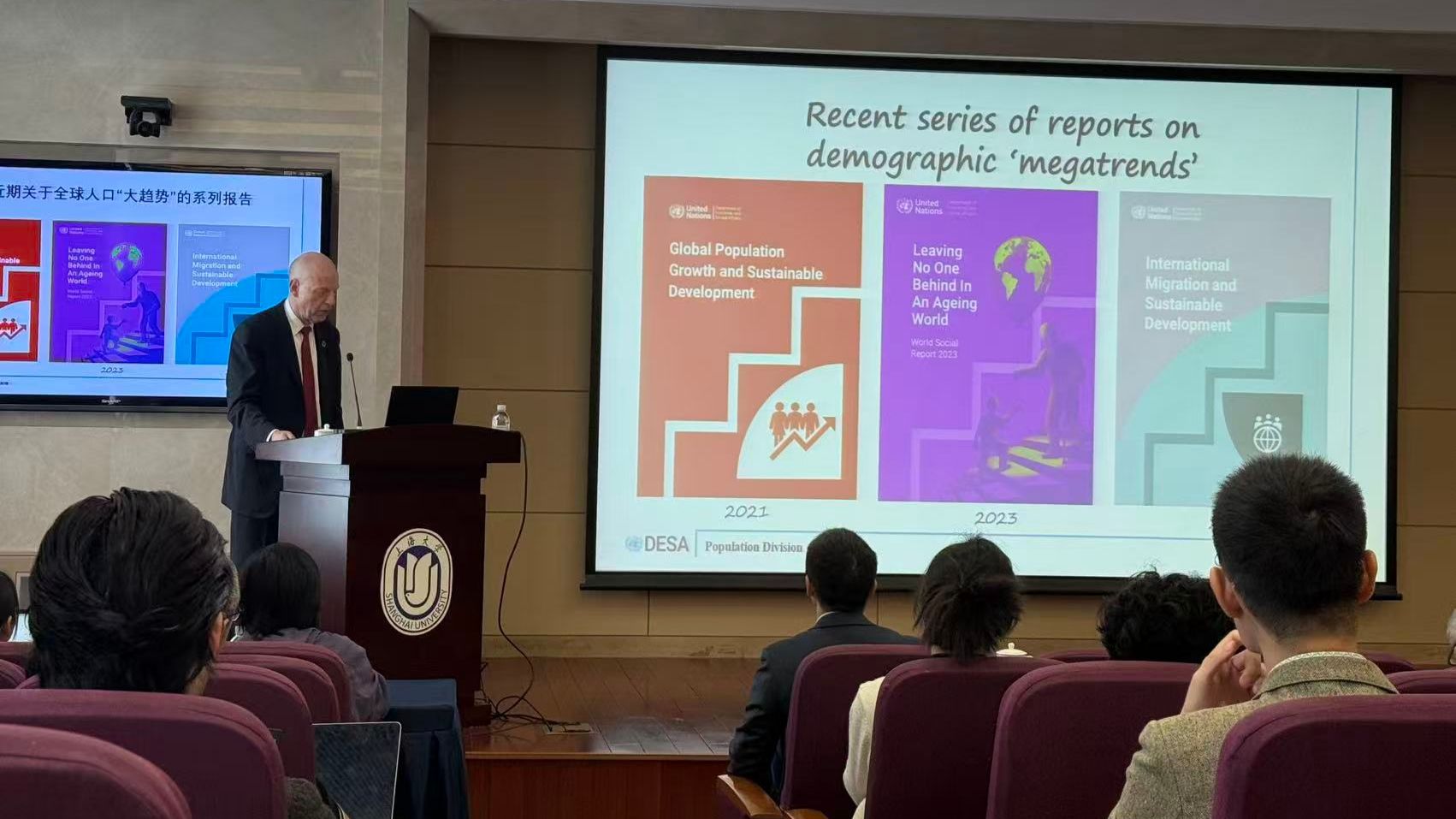
Following the keynote speech, the event proceeded to a lively Q&A session. Attending scholars actively posed questions from various research perspectives, engaging in in-depth exchange with Director Wilmoth. Drawing on his profound academic expertise and extensive international experience, Director Wilmoth provided thoughtful and insightful responses to each query. In an atmosphere brimming with intellectual spark, the effective collision of ideas further enriched the discussion, offering participants diverse dimensions for thought. This high-quality interaction not only deepened the understanding of the relevant issues but also fully demonstrated the value and appeal of academic dialogue.
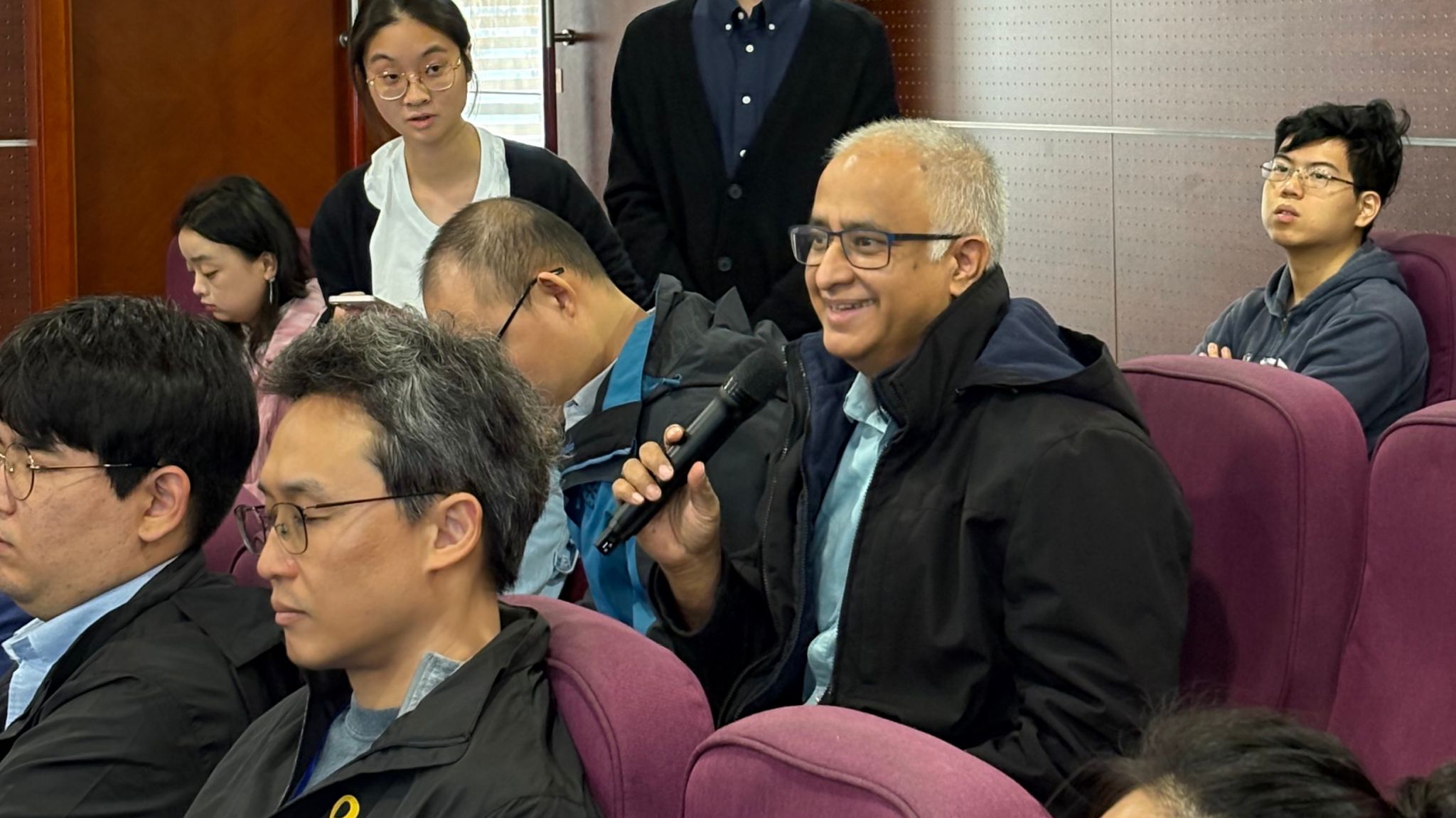
This lecture provided faculty and students at Shanghai University with valuable perspectives for understanding global population dynamics, while also prompting deep reflection on the complex interconnections between population governance, public policy, and social security. Looking ahead, the Asian Demographic Research Center at Shanghai University remains committed to promoting interdisciplinary and diverse international academic exchanges, further strengthening channels for scholarly communication, and continuously providing ample opportunities for academic collaboration for the university's community and global researchers.
